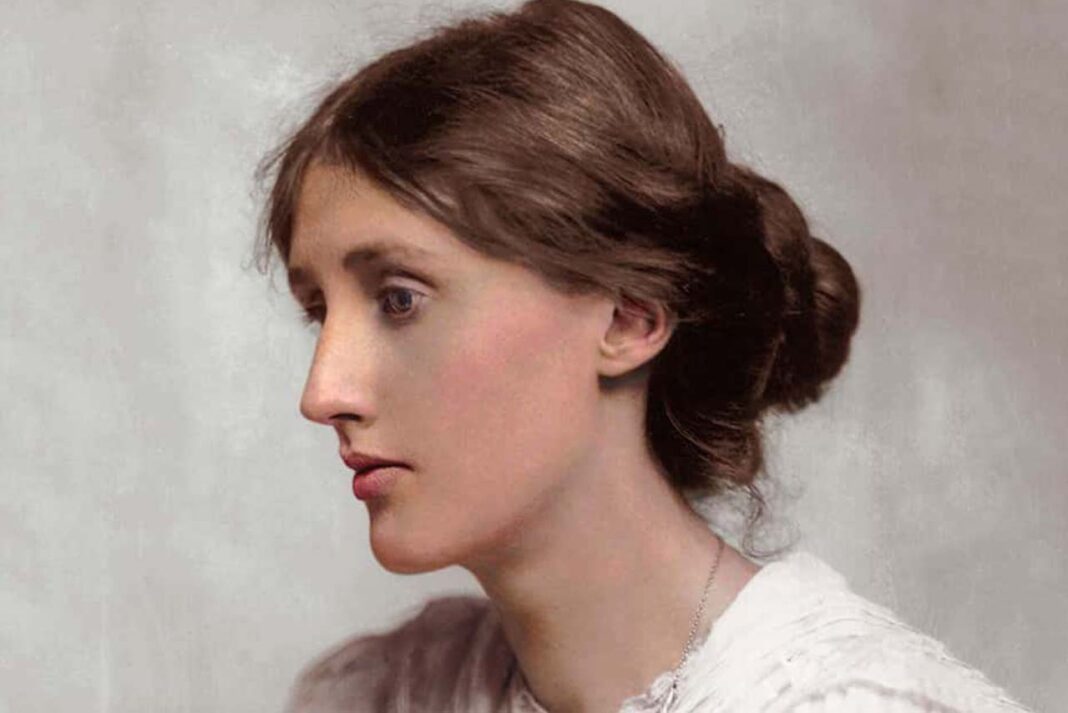Virginia Woolf is not only one of the leading figures of literary modernism but also a striking case study for the psychology of inner conflict, psychological trauma, and emotional detachment. Her personal life, shaped by early losses and mental health struggles, as well as her fiction, characterized by introspective narratives and emotional ambiguity, offer fertile ground for understanding attachment theory dynamics. This article explores Woolf’s life and work through the lens of attachment theory, particularly focusing on anxious and avoidant attachment styles.
A Life Marked by Loss and Vulnerability
Born in 1882 to a privileged and intellectually rich family, Virginia Woolf’s childhood was nevertheless overshadowed by trauma. She lost her mother when she was 13, followed by the death of her half-sister and father in close succession. In her autobiographical writings and the work of biographer Louise DeSalvo (1989), Woolf revealed that she was sexually abused by her half-brothers during childhood—experiences that severely impacted her emotional development and mental stability. Diagnosed later in life with what would now be considered bipolar disorder, Woolf attempted suicide multiple times and ultimately took her own life in 1941.
From an attachment theory perspective, such early relational traumas and losses often lead to insecure attachment styles. According to Bowlby (1969), children who experience neglect, inconsistent caregiving, or abuse are more likely to develop patterns of anxious or avoidant attachment in adulthood. In Woolf’s case, both styles can be identified, reflecting a complex emotional structure marked by conflicting needs for intimacy and independence.
Anxious or Avoidant? The Ambiguity of Intimacy
Woolf’s intimate relationships reveal hallmarks of both anxious and avoidant attachment. Her marriage to Leonard Woolf, while emotionally stable, was reportedly non-sexual and emotionally restrained. Leonard often acted more as a caretaker than a romantic partner, creating a dynamic that fulfilled Woolf’s need for safety without demanding too much emotional intimacy.
At the same time, Woolf’s romantic and emotional entanglement with Vita Sackville-West—an aristocratic writer and Woolf’s muse—suggests elements of anxious attachment. Her letters to Vita reveal deep yearning, emotional dependency, and fear of abandonment. These dual tendencies—longing for closeness but fearing the vulnerability it brings—are characteristic of individuals with ambivalent attachment patterns.
On the avoidant side, Woolf often retreated from social contact, needing solitude to regulate her emotional world. Her famous demand for “a room of one’s own” symbolized not only a feminist call for intellectual independence but also a psychological need for emotional self-containment.
Attachment Themes in Woolf’s Fiction
Virginia Woolf’s novels are filled with emotionally complex characters who often struggle with connection and isolation. Through techniques like stream of consciousness and free indirect discourse, she allows readers into the internal landscapes of her protagonists—landscapes shaped by anxiety, loss, and relational ambiguity.
In Mrs. Dalloway (1925), Clarissa Dalloway reflects on the superficiality of her relationships and the emotional distance in her marriage. Her repression of past desires and the void left by emotional isolation suggest avoidant attachment tendencies. Simultaneously, her fascination with past lover Sally Seton hints at unresolved emotional longing.
To the Lighthouse (1927) presents one of Woolf’s most direct engagements with attachment theory. The character of Mrs. Ramsay, a maternal figure who provides stability and nurturance, represents secure attachment, while Mr. Ramsay, emotionally distant and self-centered, reflects avoidant traits. Woolf’s own grief over her mother’s death permeates the novel, particularly in the way Mrs. Ramsay’s absence after her death destabilizes the family structure.
In A Room of One’s Own (1929), Woolf conceptualizes emotional and intellectual autonomy as essential for women’s creative expression. This autonomy can also be interpreted as a coping mechanism for individuals with avoidant attachment, who seek control over their emotional environments to prevent vulnerability.
A Psychodynamic Lens: Writing as Emotional Regulation
From a psychodynamic standpoint, Virginia Woolf’s writing served as a method of emotional regulation. Her fictional worlds provided a structured space to explore chaotic internal states, unresolved grief, and ambivalence toward intimacy. The inner voices of her characters often reflect Woolf’s own fragmented sense of self, shaped by psychological trauma and shaped again through narrative.
Klein’s (1946) theory of object relations aligns well with Woolf’s representations of interpersonal dynamics. Characters often oscillate between idealization and devaluation of others, a hallmark of insecure attachment. Moreover, the desire to retreat into the self, to avoid being consumed or harmed by relationships, parallels avoidant strategies of emotional distancing.
Writing was, for Woolf, not just art—it was survival. It became a symbolic secure base, allowing her to engage with her inner turmoil without becoming overwhelmed. In this sense, her literary production parallels what psychologists today might call “narrative therapy,” where constructing a coherent personal narrative facilitates emotional integration.
Conclusion: Reading Woolf through the Eyes of a Psychologist
Virginia Woolf exemplifies how early trauma and insecure attachment can manifest in both personal life and artistic expression. Her ambivalence toward intimacy, oscillating between craving and retreating from closeness, speaks to the heart of attachment theory. As psychologists, we can learn from Woolf that emotional complexity and creative genius are not mutually exclusive; rather, they often coexist in a delicate, dynamic interplay.
Her life and work remind us that attachment is not just a relational pattern—it is a lens through which we understand loss, longing, and the lifelong effort to make sense of the self.
References
-
Bowlby, J. (1969). Attachment and Loss: Vol. 1. Attachment. New York: Basic Books.
-
DeSalvo, L. (1989). Virginia Woolf: The Impact of Childhood Sexual Abuse on Her Life and Work. Ballantine Books.
-
Klein, M. (1946). Notes on Some Schizoid Mechanisms. International Journal of Psychoanalysis, 27, 99–110.
-
Woolf, V. (1925). Mrs. Dalloway. London: Hogarth Press.
-
Woolf, V. (1927). To the Lighthouse. London: Hogarth Press.
-
Woolf, V. (1929). A Room of One’s Own. London: Hogarth Press.


